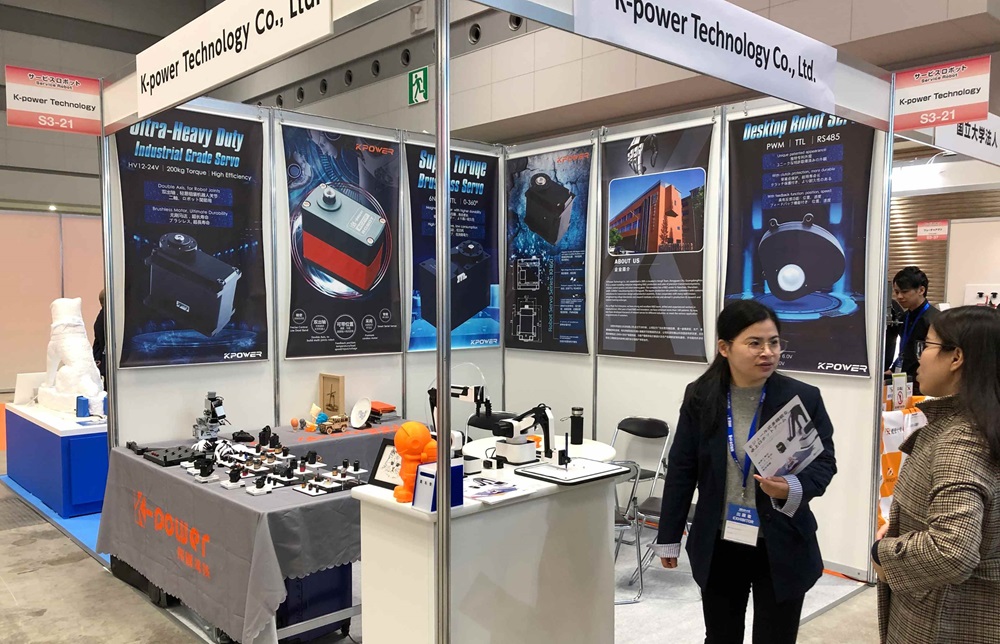Unlocking the Power of Servo Motors with Arduino
Servo motors are a cornerstone in the world of robotics, automation, and electronics projects. Known for their precise control of angular position, their efficiency and versatility have made them a favorite among hobbyists and professionals alike. But controlling a servo motor's position is just the tip of the iceberg. The real magic lies in mastering their speed control, allowing for smoother movements, responsive automation, and complex behaviors.

What Is a Servo Motor?
A servo motor is a compact rotary or linear actuator that offers high torque and precise control over movement. Unlike simple DC motors that spin freely, servo motors use feedback mechanisms — typically a potentiometer — to maintain or reach a designated position.
Most hobbyist servo motors operate with a standard control signal called Pulse Width Modulation (PWM). PWM is a method where the duration of a voltage pulse within a fixed cycle determines the motor’s position or speed. When controlling position, a specific pulse width (typically between 1-2 milliseconds) instructs the servo to reach a particular angle. When controlling speed, variations in the pulse or modulation frequency can influence how quickly the servo reaches its target position or how it moves.
Why Control Servo Speed?
Controlling the speed of a servo motor opens doors to many exciting applications:
Smooth robotic arm movement Gentle opening/closing mechanisms Responsive camera gimbals Precise automation in manufacturing
In most cases, the default servo libraries and controllers set the motor to move at a fixed, predefined speed. However, for refined control, especially in complex projects, you want to manipulate the speed dynamically, adjusting it in real-time based on sensor input or user commands.
Getting Started with Arduino and Servo Motors
Before diving into code, you’ll need some basic hardware:
An Arduino board (Uno, Mega, Nano, etc.) A servo motor (e.g., SG90, MG995) Jumper wires A power supply (depending on your servo's voltage requirements) A breadboard (optional)
Connecting Your Servo Motor
Most hobbyist servos have three wires:
Power (Red): Connect to 5V or 6V power supply Ground (Black or Brown): Connect to GND Signal (White or Yellow): Connect to a PWM-capable digital pin on the Arduino (e.g., Pin 9)
Ensure your power supply can handle the servo's current demands—drawing power directly from the Arduino is fine for small servos, but larger or multiple servos may require an external power source.
Basic Arduino Code for Servo Control
The Arduino IDE comes with a built-in Servo library, which simplifies PWM control:
#include Servo myServo; // create a servo object void setup() { myServo.attach(9); // connect to pin 9 } void loop() { myServo.write(90); // move to 90 degrees delay(1000); // wait 1 second myServo.write(0); // move to 0 degrees delay(1000); }
While this code positions the servo instantly, it does not control its speed—movement happens at a fixed rate. To implement speed control, you'll need to move the servo incrementally toward its target position rather than jumping instantly.
Techniques for Servo Speed Control
There are multiple methods to control the speed of a servo:
Incremental Movement: Gradually update the servo’s angle in small steps with delays in between. Using "Soft" PWM for Speed: Modulate the PWM signal to influence speed directly, though this method is less straightforward because standard hobby servos interpret pulse widths mainly as position commands.
The most straightforward approach for hobbyist projects is incremental movement, which mimics slow, controlled motion by updating position gradually.
This technique involves defining a target position and then moving toward it step by step, adjusting the delay between steps to control the perceived speed. The shorter the delay, the faster the movement; longer delay, the more gradual the motion.
Here's an example snippet demonstrating this concept:
#include Servo myServo; int currentPos = 0; // current position int targetPos = 180; // desired position int stepSize = 1; // change in position per step int speedDelay = 10; // delay in milliseconds void setup() { myServo.attach(9); myServo.write(currentPos); } void loop() { // Move toward targetPos smoothly if (currentPos < targetPos) { currentPos += stepSize; myServo.write(currentPos); delay(speedDelay); } else if (currentPos > targetPos) { currentPos -= stepSize; myServo.write(currentPos); delay(speedDelay); } // Once target is reached, do something or wait }
Adjusting speedDelay allows you to control how fast the servo reaches its target position. For applications that require dynamic speed adjustment, this value can be changed on the fly, providing versatile control.
This incremental approach is simple but powerful. It allows for the creation of smooth, natural movements that are adjustable in real-time. For more advanced control, integrating sensor data or user input to modify speed dynamically can make the system even more responsive.
Stay tuned for the second part of this article, where I’ll delve deeper into advanced speed control techniques, real-world project ideas, and troubleshooting tips to help you get the most out of your servo motor projects with Arduino.
End of Part 1
Established in 2005, Kpower has been dedicated to a professional compact motion unit manufacturer, headquartered in Dongguan, Guangdong Province, China.




































